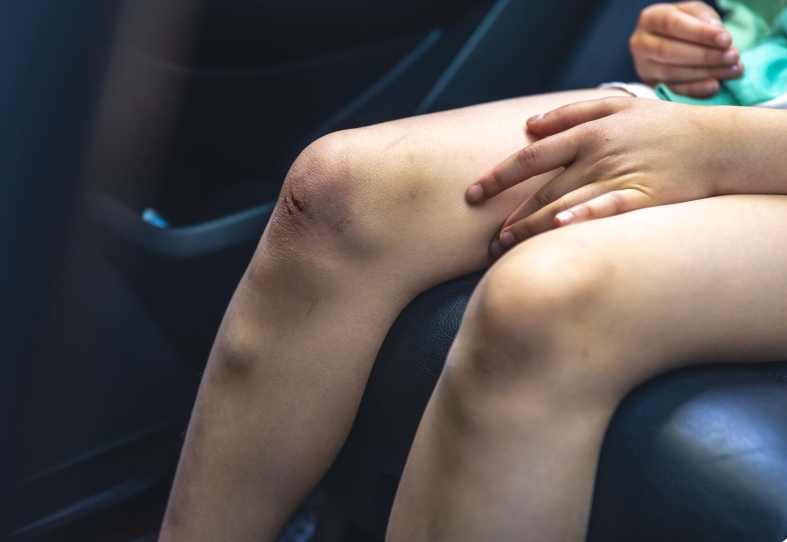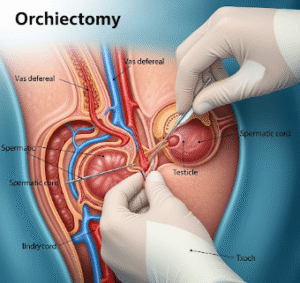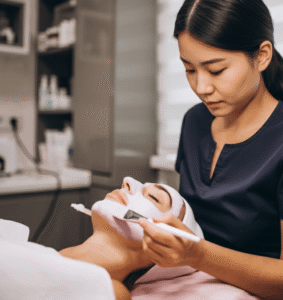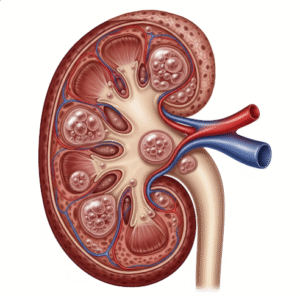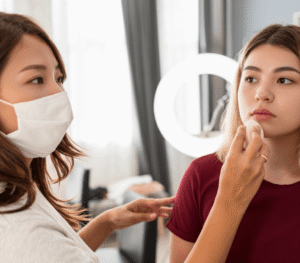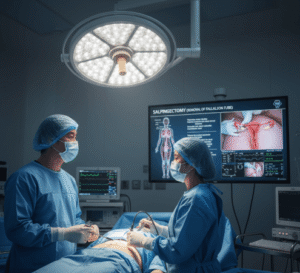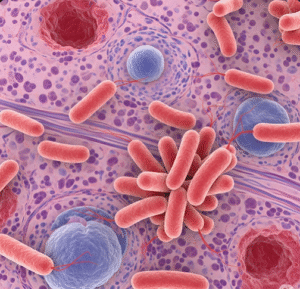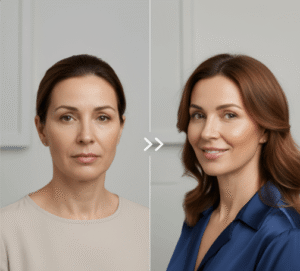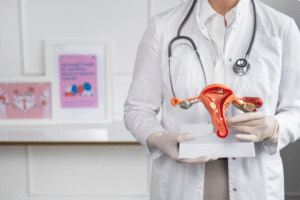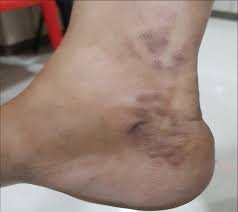What It Is
The Anterolateral Thigh (ALT) free flap is a versatile reconstructive surgery that uses skin, fat, fascia, and sometimes muscle harvested from the anterolateral thigh region to repair complex defects elsewhere in the body. It is a type of free flap, meaning the tissue is completely detached and its blood vessels are reconnected (microvascular anastomosis) to vessels at the recipient site using a microscope.
The ALT flap is one of the most widely used free flaps in modern reconstructive surgery because of its large surface area, long vascular pedicle, minimal donor site morbidity, and versatility. It can be thinned, contoured, or combined with fascia/muscle depending on the reconstruction needs.
Why It’s Done
Patients undergo ALT free flap reconstruction because:
- They have large or complex defects from trauma, cancer resection, burns, or chronic wounds.
- Facial, scalp, trunk, or extremity defects require durable, well-vascularized tissue.
- Head and neck reconstruction needs both functional and cosmetic restoration (e.g., tongue, jaw, pharynx).
- They need long-term, stable tissue coverage where skin grafts or local flaps are insufficient.
Good candidates include:
- Patients with large, deep, or exposed defects (bone, tendon, nerve, or vessels exposed).
- Individuals in good health who can tolerate microsurgery.
- Those requiring functional restoration (speech, swallowing, mobility) as well as cosmetic repair.
Alternatives
- Local or regional flaps: Suitable for smaller defects.
- Radial forearm free flap: Thinner flap, ideal for oral and facial defects but with greater donor site morbidity.
- Latissimus dorsi free flap: Provides muscle bulk but may not match thin skin needs.
- Skin grafts: Limited for superficial wounds; not suitable for deep or complex defects.
Preparation
Before undergoing an ALT free flap in Korea, patients will:
- Have a comprehensive evaluation including physical exam, imaging, and CT angiography to map thigh blood vessels.
- Undergo bloodwork and general anesthesia clearance.
- Stop smoking and alcohol 4 weeks prior to improve microvascular healing.
- Discontinue blood thinners and certain supplements.
- Prepare for hospital stay and post-op physiotherapy.
How It’s Done
- Anesthesia: Performed under general anesthesia.
- Flap harvest: The surgeon designs a skin paddle on the anterolateral thigh. Skin, subcutaneous fat, fascia, and/or muscle (vastus lateralis) are carefully dissected along with perforating vessels from the descending branch of the lateral circumflex femoral artery.
- Transfer: The flap is detached and transferred to the defect site.
- Microvascular anastomosis: The flap’s artery and vein are connected to recipient site vessels under a microscope to restore blood flow.
- Closure: Donor site is closed directly or with a skin graft if large.
- Duration: 6–12 hours depending on complexity.
Recovery
- First week: Patients are monitored in a specialized unit to ensure flap survival. Swelling and bruising are common.
- Hospital stay: Usually 7–14 days depending on recovery speed.
- Physiotherapy: Begins early if the flap is used for functional reconstruction (speech, swallowing, limb movement).
- Donor site recovery: The thigh heals well, with scars usually concealed.
- Return to activities: Light activities after 3–4 weeks; full recovery may take several months.
- Final results: Durable reconstruction with natural appearance and function.
Possible Complications
- Flap failure due to vascular thrombosis (rare with experienced microsurgeons).
- Partial flap necrosis or wound breakdown.
- Donor site morbidity (numbness, scarring, or weakness if muscle is harvested).
- Infection, hematoma, or seroma.
- Asymmetry or need for secondary refinement surgery.
Treatment Options in Korea
Diagnosis
Korean reconstructive teams use CT angiography, Doppler ultrasound, and 3D surgical planning to map thigh vessels and optimize flap design.
Medical Treatments
For smaller or superficial wounds, non-surgical wound care, negative pressure therapy, or skin grafts may be attempted before considering free flap surgery.
Surgical or Advanced Therapies
- Standard ALT free flap for large defects.
- Thinned ALT flap for head, neck, and facial reconstruction where a slimmer flap is required.
- Chimeric ALT flap (including multiple tissue components such as skin + muscle) for complex defects.
- Perforator flap techniques used in Korea to minimize donor site morbidity.
Rehabilitation and Support
- Post-op monitoring in a microsurgical unit for 5–7 days.
- Scar management at both donor and recipient sites (laser, silicone therapy).
- Long-term physiotherapy for mobility, swallowing, or speech restoration.
- International patients receive multilingual support, advanced rehabilitation, and scar refinement therapies in Korean hospitals.

